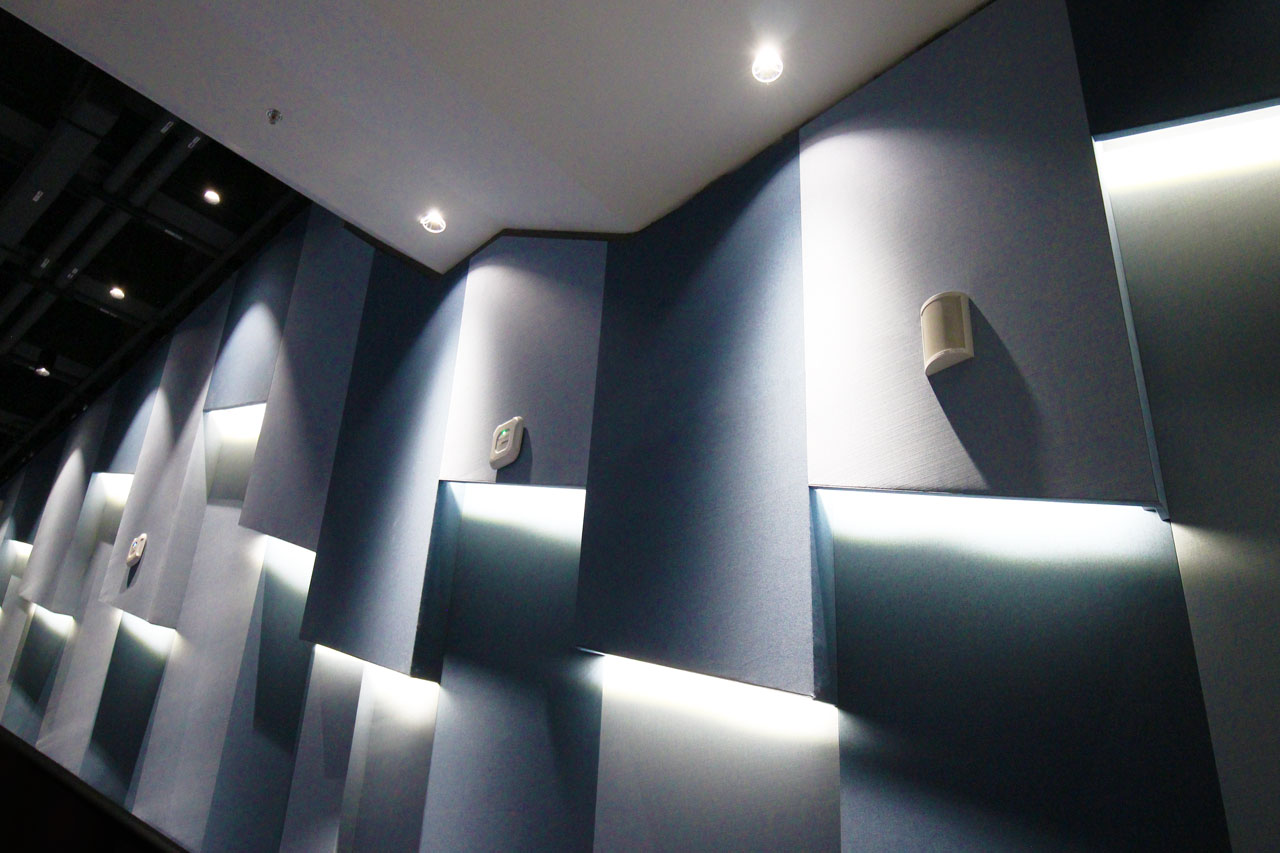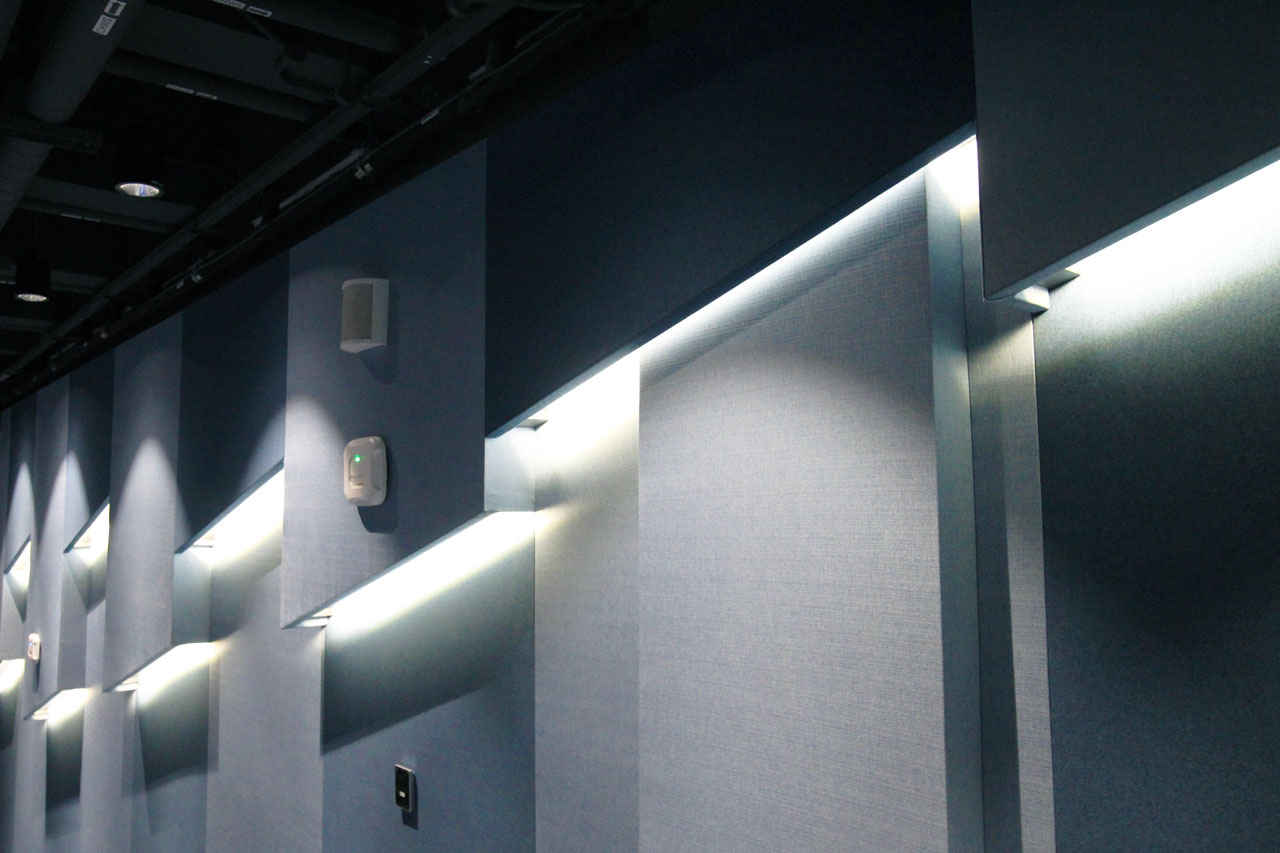Certifying Cladding Materials for Health Product Declarations (HPDs)

HPD Certification for Cladding Products
As healthy building standards become more widespread, Health Product Declarations (HPDs) are increasingly required to verify material transparency. For cladding materials used in interiors—from timber panels to composite aluminium—certification now hinges on more than appearance and durability. Manufacturers must disclose chemical content, emissions data, and supply chain inputs to meet sustainability benchmarks such as LEED v4.1 and WELL v2. This blog outlines how to achieve HPD certification for cladding materials and what designers, suppliers, and specifiers need to consider.

Understanding the Role of HPDs in Material Transparency
What Is HPD ?
A Health Product Declaration (HPD) is a standardised document that reports a product’s chemical ingredients and associated health hazards. HPDs are created in compliance with the HPD Open Standard, which ensures that all disclosures follow a common format and transparency level. For cladding materials, HPDs communicate whether binders, coatings, or substrates contain harmful substances—helping project teams evaluate risk and meet green certification criteria.
HPDs vs. Other Transparency Tools
While Environmental Product Declarations (EPDs) focus on life-cycle environmental impacts, HPDs are strictly about health impacts related to ingredient content. HPDs complement tools like Declare labels and Red List Free declarations by digging deeper into thresholds of specific chemicals. Together, they support LEED credits in Material Ingredient Reporting and help architects design with both performance and health in mind.

Preparing Cladding Materials for HPD Certification
Ingredient Inventory and Thresholds
The first step toward HPD certification is building a complete inventory of all raw materials and process chemicals used in the cladding product—down to at least 1000 ppm (0.1%). Manufacturers must work closely with suppliers to gather Safety Data Sheets (SDS) and confirm CAS numbers, quantities, and functions. For composite or coated panels, adhesives, lamination agents, and surface treatments must all be disclosed.
Screening for Hazardous Substances
Once ingredients are identified, each must be screened against authoritative hazard lists such as GHS (Globally Harmonized System), EU REACH, and the US EPA. Common issues in cladding include formaldehyde-based binders, phthalates in coatings, and halogenated flame retardants. Identifying and substituting these substances is essential for achieving a compliant HPD, particularly for Red List Free status.

Aligning HPDs with Green Certification Requirements
LEED v4.1 and WELL Material Credits
HPDs directly support several LEED v4.1 credits, including “Building Product Disclosure and Optimization – Material Ingredients” and “Low-Emitting Materials.” WELL v2 also incorporates HPDs into its Materials concept, where products that disclose and optimise for health outcomes contribute to certification. For projects pursuing both WELL and LEED, HPDs offer a dual-benefit documentation path.
Documentation for Submission Readiness
To be accepted for LEED or WELL credits, an HPD must be published in the HPD Public Repository and indicate at least 100% inventory by weight. It should also include third-party verification if available. For specifiers, selecting cladding with published, compliant HPDs ensures that the submission process is smoother and avoids last-minute gaps during project review.
Tools and Partners in the HPD Process
Using the HPD Builder and Collaborative
The Health Product Declaration Collaborative (HPDC) offers tools like the HPD Builder to assist manufacturers in producing accurate, standard-compliant documents. It also provides guidance on interpreting hazard data and aligning with other certification schemes. Partnering with consultants or third-party verifiers early in the process helps reduce errors and improves the chance of full compliance.
Digital Integration with BIM and Material Libraries
Modern BIM platforms increasingly integrate HPD and Declare databases, allowing project teams to verify material compliance within design software. This speeds up specification, reduces rework, and links health data directly to material tags, drawing sets, and model schedules. This digital traceability is especially valuable in large-scale public or institutional projects.

Responsible Cladding for Transparent Interiors
Cladding materials shape the acoustic, thermal, and visual comfort of interior spaces—but their health impact is equally important. By certifying cladding systems through HPDs, manufacturers show their commitment to material transparency and safer built environments. Designers, in turn, gain access to documentation that supports wellness and sustainability goals.
As green certifications become more health-driven, HPDs will be essential for product selection and project compliance. Cladding that looks good and performs well must also meet today’s expectations for chemical transparency—paving the way for interiors that are as responsible as they are refined.
References
- Health Product Declaration Collaborative. (2023). HPD Open Standard v2.3.
- U.S. Green Building Council. (2023). LEED v4.1 BD+C Guide.
- International WELL Building Institute. (2023). WELL v2 Standard.
- Living Future Institute. (2023). Declare Red List Free Labels.
- HPDC Public Repository. (2023). Search HPDs.
- BuildingGreen. (2023). Material Health and Product Selection.
- UL GREENGUARD. (2023). Low-Emitting Certification Standards.
- Autodesk Knowledge Network. (2023). BIM and Product Compliance Integration.
- Green Building Advisor. (2022). Understanding Chemical Transparency in Construction.
- Pharos Project. (2023). Material Hazard Screening Tools.
Share